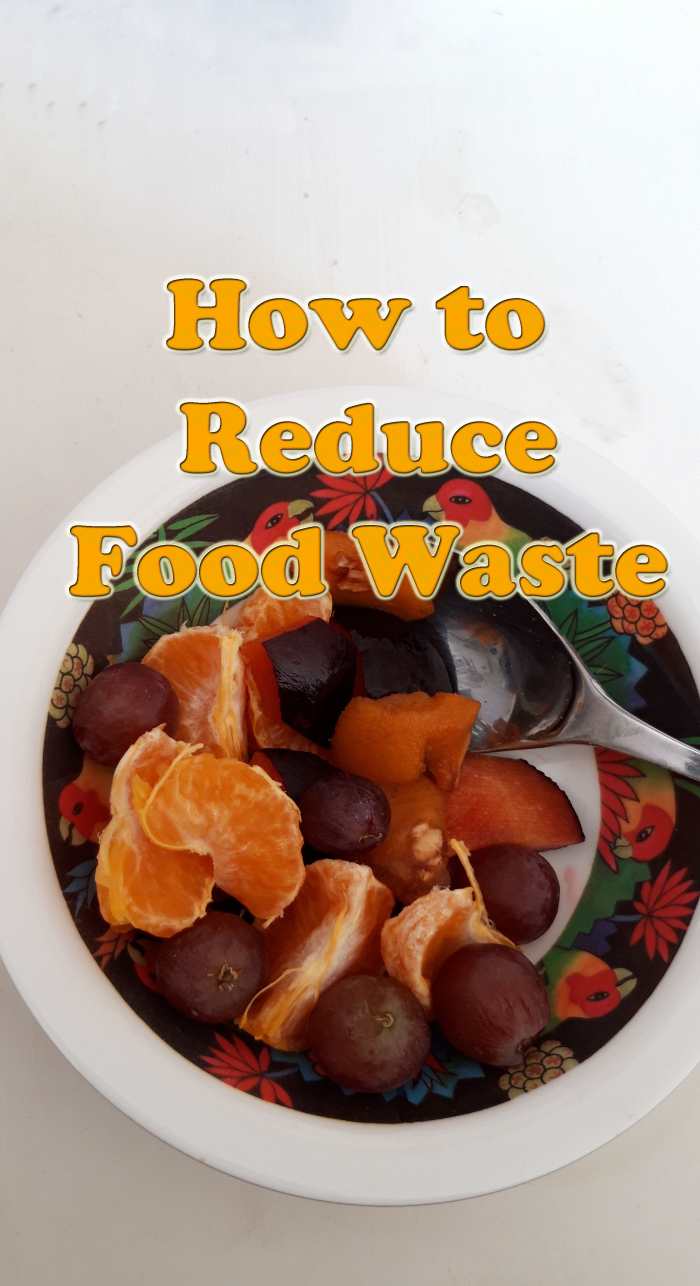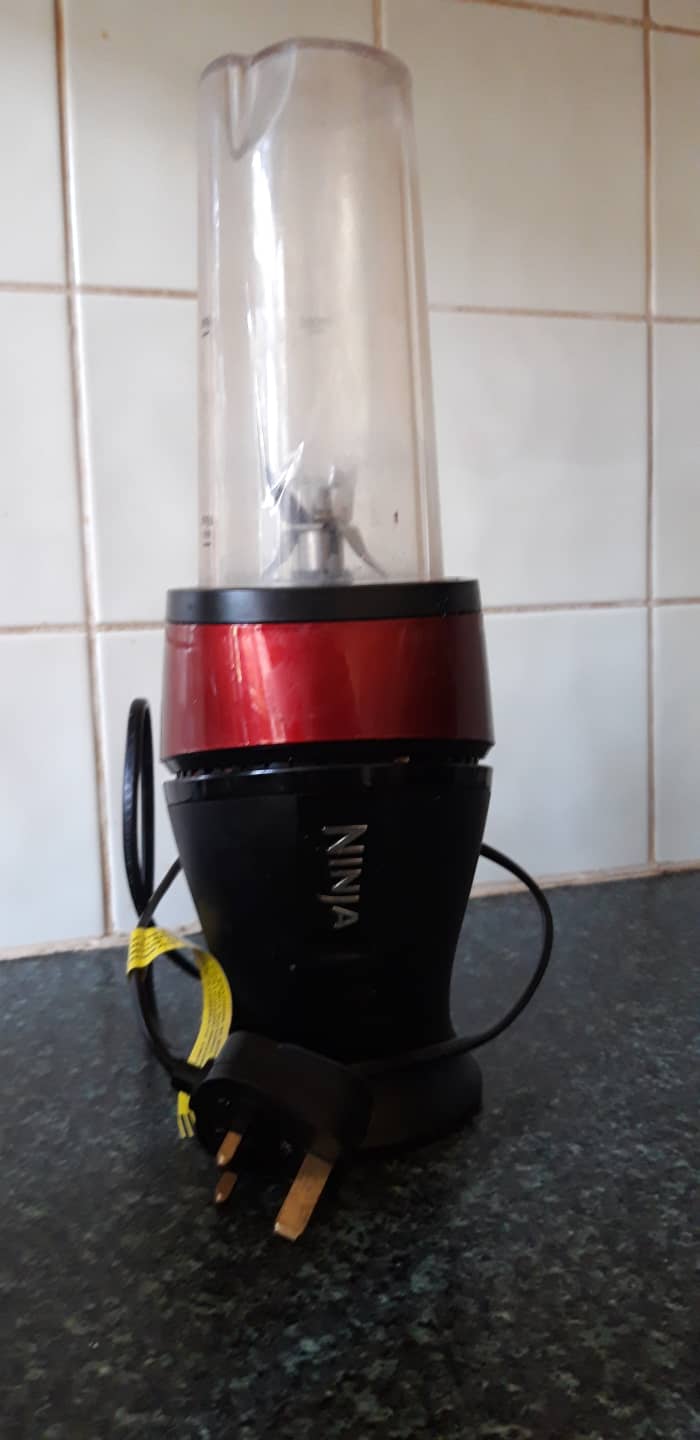How to Reduce Food Waste: 5 Tips
I used to help in our family restaurant, love good food and enjoy thinking up creative ways to cook and use leftovers to avoid food waste.
Waste Not, Want Not
Whether you'd like to save money, help the environment, or make your provisions last during a political or health crisis, there are many great reasons to reduce food waste.
My children laugh at me and call me "war baby" because I hate wasting food. I was brought up in England during the 1940s and 1950s. This was a period of great austerity, when food was rationed—that is, if you could get it at all.
Quite ordinary things like eggs and sweets were considered to be precious. During the war, people in England were rationed to one fresh egg a week, although it was possible to get powdered eggs. As children, we used to beg American soldiers stationed here to give us treats, typically asking, "Have you got any gum, chum?"
We were taught to eat up everything on our plate. A popular expression was "Waste not, want not; pick it up and eat it". And if we were being picky about food and refusing to eat something, my parents would say, "Children in Greece would be grateful for food like that". Responding, "Well, let them have it, then" did not go down well, as you can imagine.
What I Do to Reduce Food Waste
These ideas are good for the environment, and they save money, too. I hope you will find some good ideas here that you might choose to adopt in your own kitchen.
1. When Cooking Vegetables, Don't Throw Away the Water
Remove and use the cooked vegetables in the way you originally intended. Use the vegetable water, which contains vitamins, for soups, stews, stir-fries, sauces, gravy and so forth.
In addition, if you have just used a saucepan or frying pan to cook your vegetables, and there are bits of vegetable stuck to the bottom, add a little of the hot vegetable water and swill it round to unstick the bits and then pour this water with its added flavour into the original vegetable water and use it as above.
2. Use Up Leftover Cooked Potatoes and Other Vegetables
As long as you have some leftover potatoes, you can mash them up with cooked onions and any other cooked vegetables to make bubble and squeak.
Simply mash all the soft vegetables together into a sort of large flat cake, or several small ones, and fry until brown on both sides. This is a traditional British dish, usually eaten with egg and bacon for breakfast, but it can be used with any meat or fish dish or as an accompaniment to a vegetarian meal. It's also quite nice to eat on its own.
3. Use Up Overripe Fruit
Quite often, fruit that is overripe has quite a large area of flesh that is still edible. Part of it may have gone brown and soggy, but part is still quite tasty, and in fact, because it is very ripe, it often has a particularly sweet and strong flavour.
Methods:
- Wash the fruit, cut off the edible parts and use them to make fruit salad for a nourishing and delicious breakfast or sweet, full of vitamins and fibre.
- Put all the edible parts in a blender with milk, yogurt and or fruit juice to make a smoothy.
4. Use Up Your Ageing Vegetables
Go through the vegetables stored in the vegetable drawer in your fridge, and sort out any items which are looking a bit tired. Wash, peel and cut up the good and edible bits, throwing out any yellowing and aged bits. Then bake the edible parts in your oven or make them into a soup.
Method for Baking:
- Place silver foil on a large baking tray. Then grease the foil lightly with butter or cooking oil and place the vegetable slices on it.
- Sprinkle lightly with more oil and your preferred condiments such as salt and crushed chilli or pepper.
- Then bake over medium heat in the oven for about 15-20 minutes until slightly brown, or until slightly crispy if preferred.
Method for Making Soup:
- Cover all the vegetables with water. Include some onion and add your preferred herbs and spices such as garlic, thyme, salt and pepper.
- Boil for 15-20 minutes.
- When cooked, add a meat or vegetable stock cube or two, according to your taste, as additional flavouring.
5. Use Your Leftover Salad
If you haven't used up everything in your dish of salad and the remains are looking a bit limp or unappealing, you don't need to throw it away. Instead, boil it up for soup, add it to omelette filling, or blend it and add the mixture to other hot meals such as curry, stew, pie, or anything with a sauce.
I Love My Slimline Ninja Blender
I use my Ninja Blender all the time. It works efficiently, and since it's slim, it doesn't take up much space on the kitchen counter. The mug has an additional screw-top lid, so it can be used to store the liquidized mixture after blending.
As well as making drinks and blending food, I also use it to grind and blend food waste which I then dilute and spread around plants in the garden as a mulch. This puts all the nutrients back in the soil. Just try banana skins blended and dug into the soil around your rose bushes; they'll thank you with abundant flowers.
Do Leave Comments and Suggestions Here
Diana Grant (author) from United Kingdom on July 02, 2020:
I'm glad you found it helpful.
Thelma Alberts from Germany on July 02, 2020:
I can´t waste food as I know as a child what really hungry means. I make most of my leftover food. Thank you for sharing your article. I have learned something from it.
Diana Grant (author) from United Kingdom on July 16, 2019:
I don't do banana smoothies but I do have fridge inspection and using up sessions
Virginia Allain from Central Florida on July 15, 2019:
I was born after the war, but my parents grew up in the Great Depression and were very thrifty in so many ways.
You have great food thrifty ideas. I have banana smoothies to use up my over-ripe bananas. We plan our leftovers to use in another dinner or lunch. Sometimes we have a clean-out-the-fridge buffet to use up all the dibs and dabs of leftovers.
Lorelei Cohen from Canada on July 14, 2019:
Growing up on a farm we made use of most of our food. What we didn't consume was fed to the pigs or dogs, or used as compost for our two very large gardens. Recycling was simply a part of our lives back then.
Linda Crampton from British Columbia, Canada on July 13, 2019:
I love bubble and squeak. I like your ideas for using vegetable water. It always seems like a waste to throw it away. Thanks for sharing the other ideas, too.
RTalloni on July 12, 2019:
Always meant to look up Bubble and Squeak, now I know. Learning to make the most of food is smart and not difficult. Modern society complains about not having enough money but all we have to do is look at how much food is wasted and how much is spent on eating out to see we are not poor people. Thanks for sharing your methods of using food at hand.






















